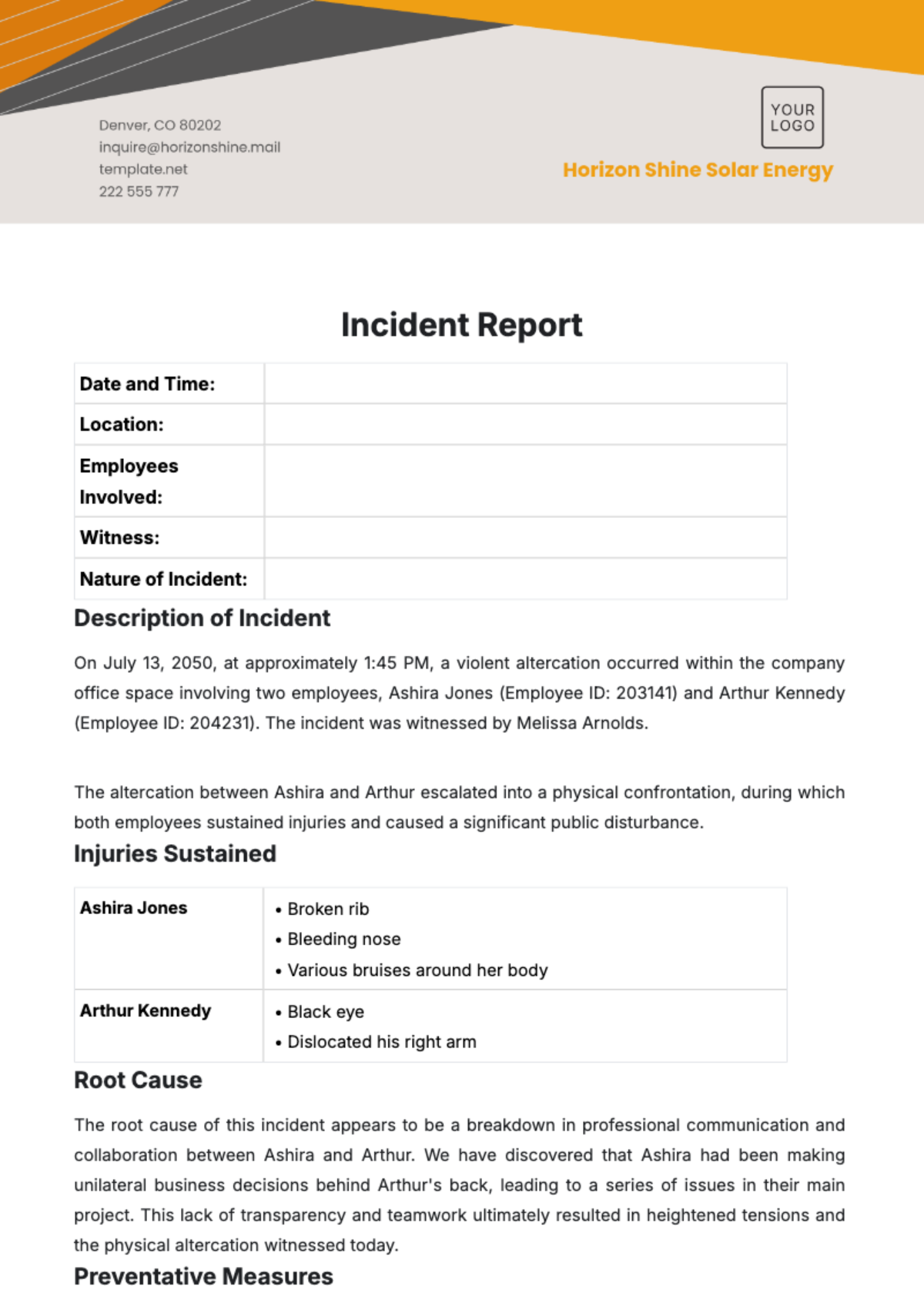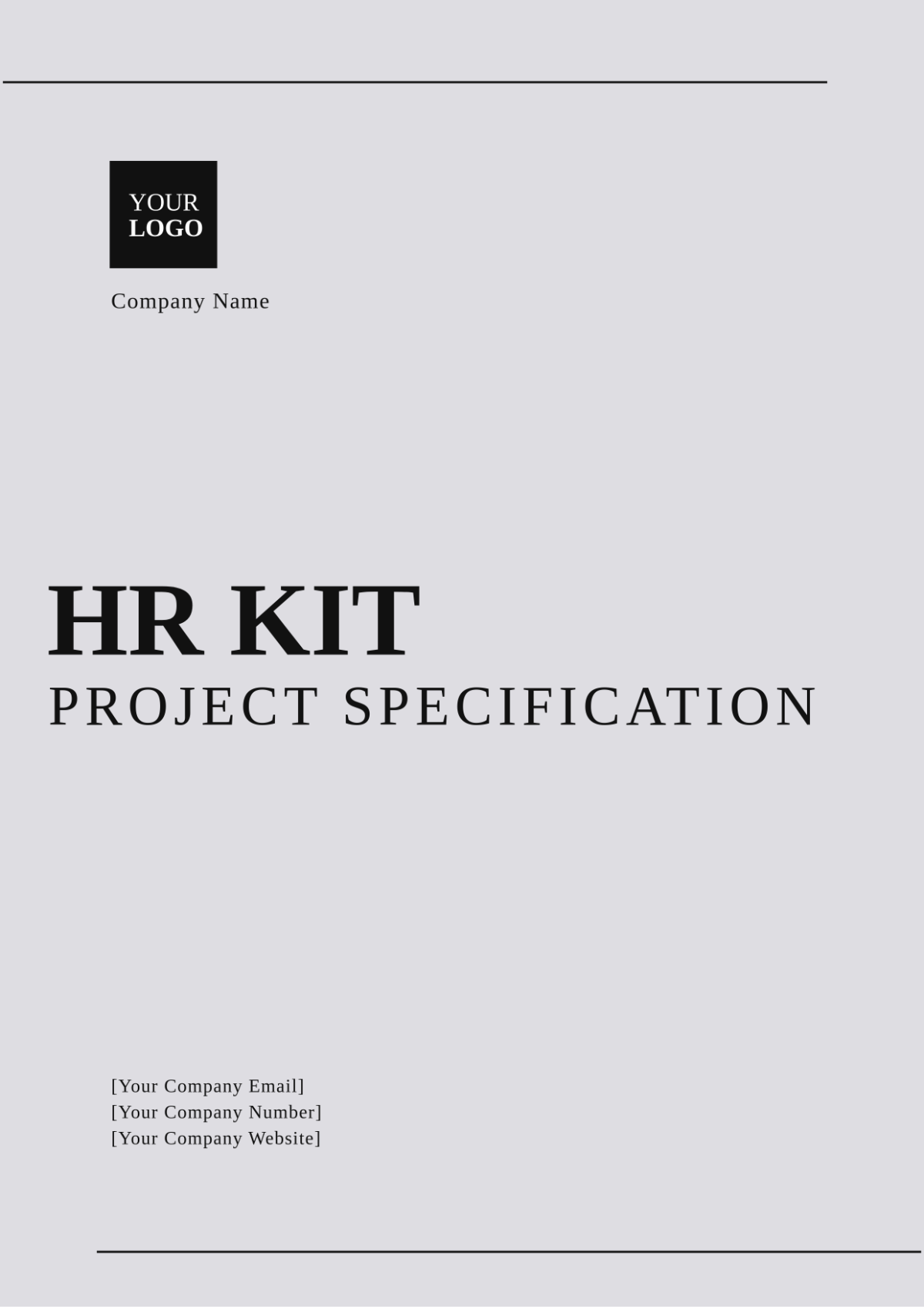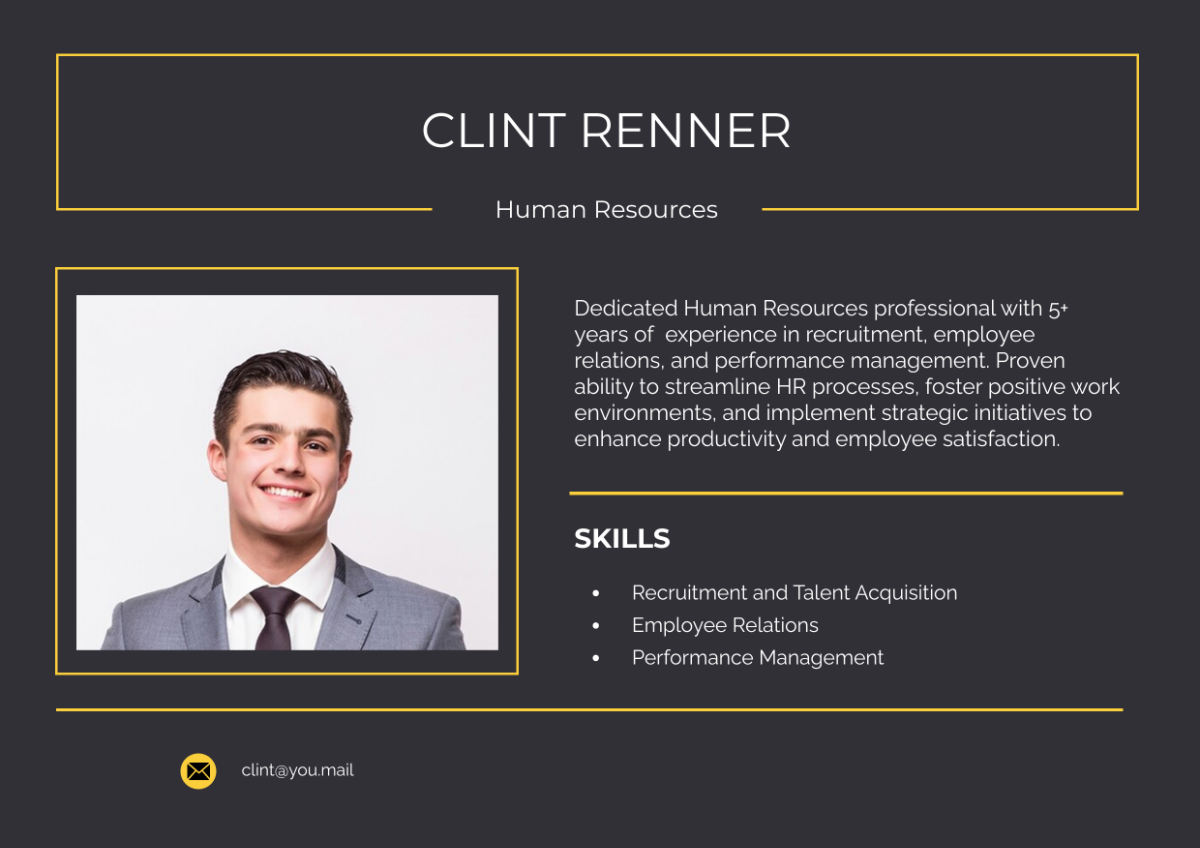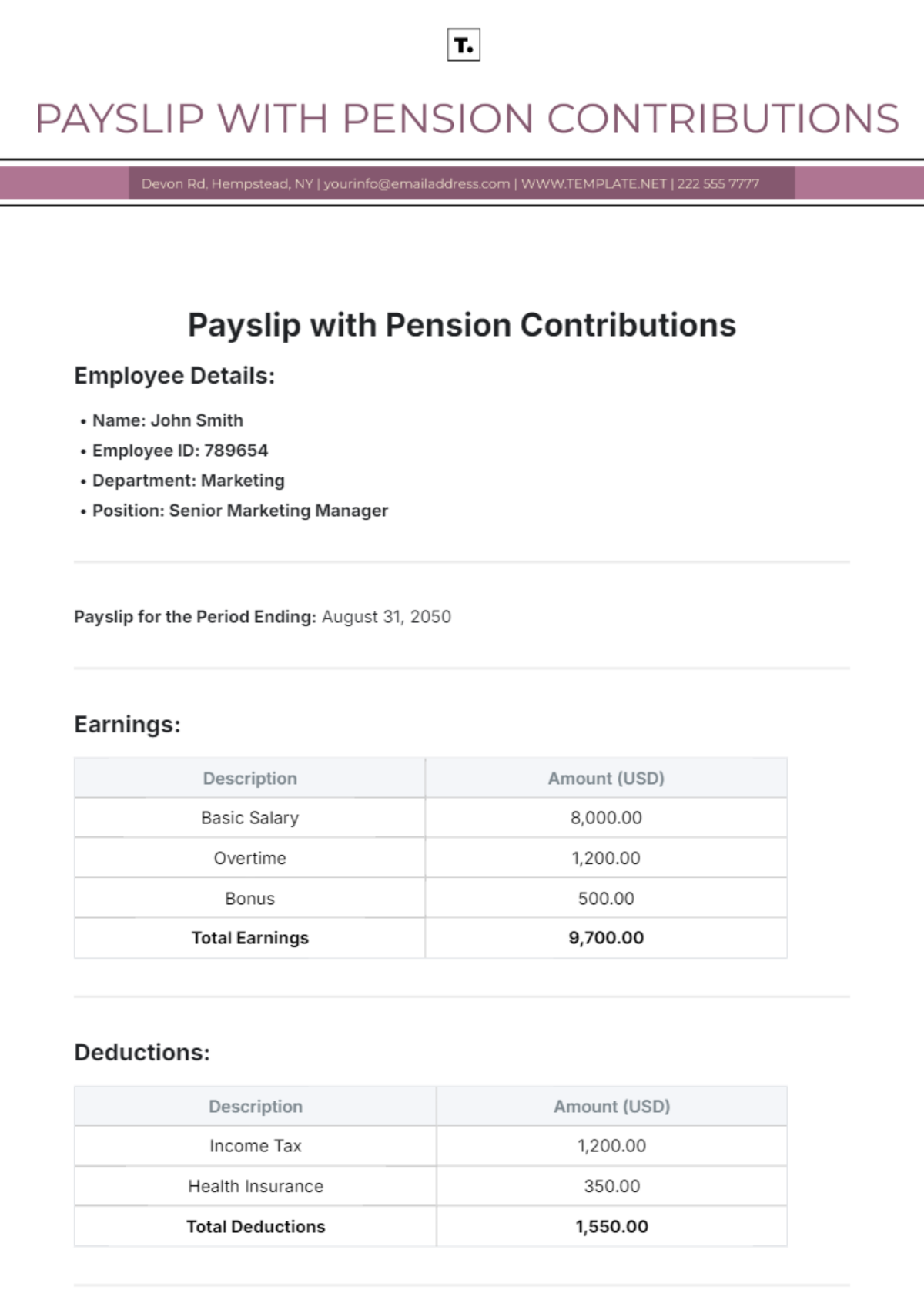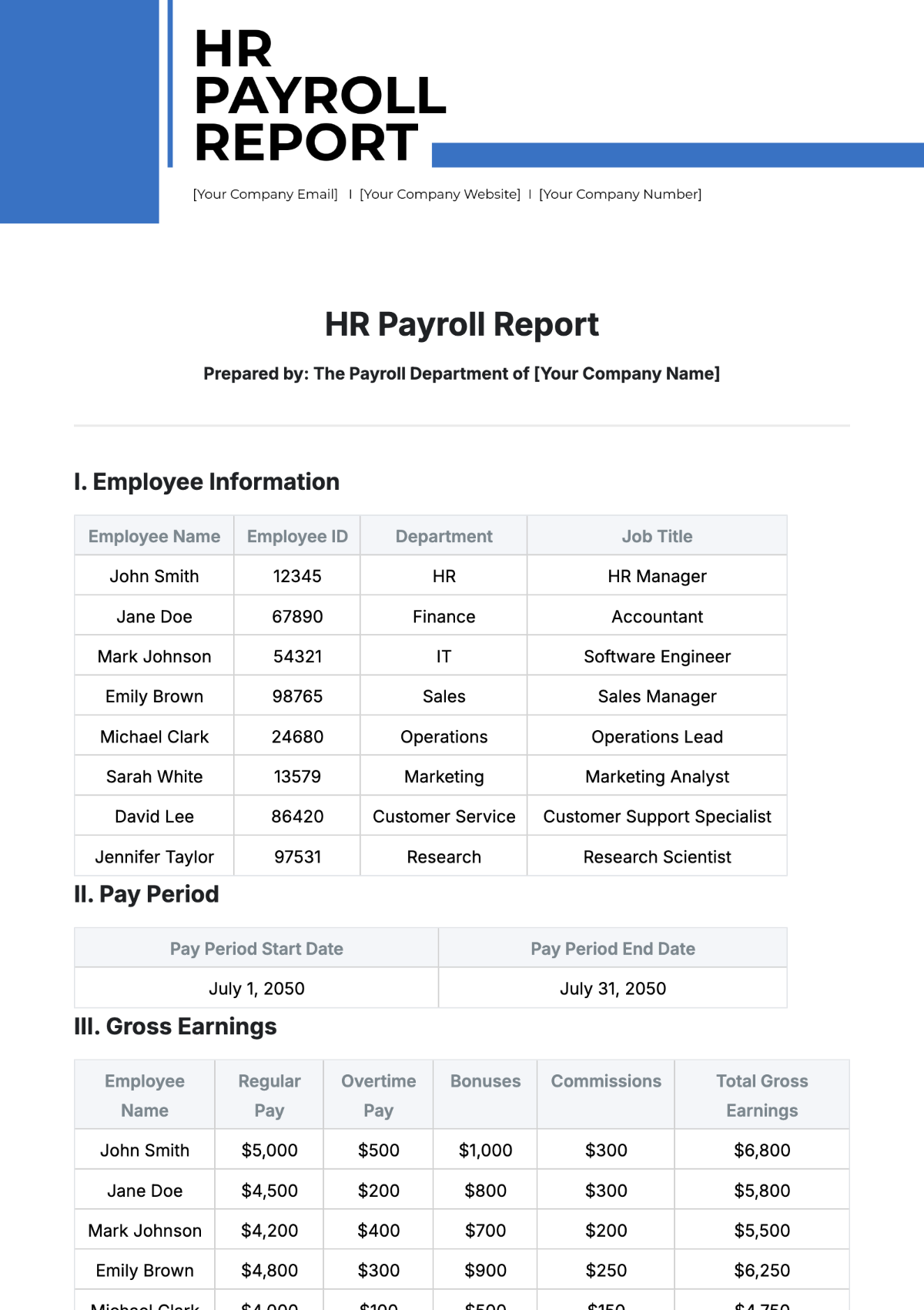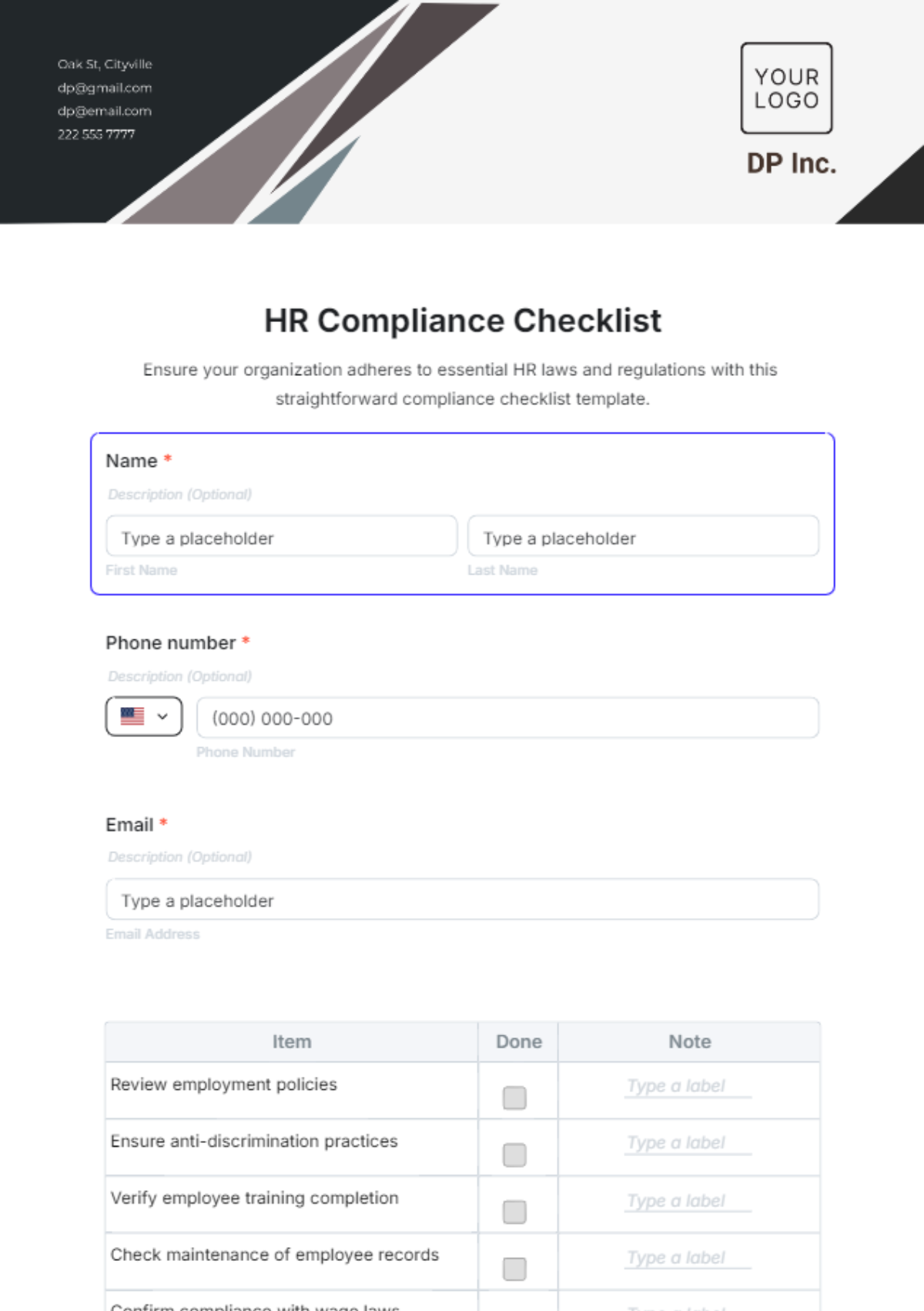TEAM COLLABORATION GUIDELINES
Document Version: 1.0
Date Created: January 1, 2050
INTRODUCTION
Welcome to the [Company Name] Team Collaboration Guidelines. Effective teamwork is crucial for the success of our projects. This document outlines the principles and best practices that should guide our collaborative efforts. By adhering to these guidelines, we can ensure a productive and harmonious work environment.
TEAM MEMBERS
Full Name: [Your Full Name]
Company Name: [Your Company Name]
Responsibilities
At [Company Name], we value transparency and clarity in defining roles and responsibilities within the team. This ensures that everyone understands their contributions and areas of expertise. Your role within the team may encompass various aspects.
COMMUNICATION
Effective communication is the cornerstone of successful collaboration. It ensures that information flows smoothly and that everyone remains informed and aligned with project goals.
Meetings
Meetings serve as essential platforms for exchanging ideas, discussing progress, and making decisions. To maximize the value of our meetings:
Meeting Schedule: Weekly
Meeting Platform: Zoom
Agenda: Before each meeting, a detailed agenda will be shared. This agenda will outline the topics to be discussed, objectives to be achieved, and the estimated duration of the meeting. Review the agenda beforehand to come prepared with relevant input and questions.
Participation: Active participation is encouraged. Share your insights, ask questions, and provide constructive feedback during meetings.
Email is a widely used communication tool for formal documentation and asynchronous communication. To enhance our email communication:
Response Time: Aim to respond to emails within 24 hours during regular business days. If you anticipate being unable to respond promptly, set an auto-reply or inform your team members.
Subject Line: Use clear and concise subject lines that reflect the content of the email. This helps recipients prioritize and categorize their emails efficiently.
Attachments: Avoid sending large attachments via email, as this can clog inboxes and create potential security risks. Instead, use file-sharing tools like Google Drive to share documents securely.
Effective email communication ensures that important information is documented and easily accessible to team members.
Instant Messaging
Instant messaging platforms, such as Slack, facilitate real-time communication and quick exchanges. To optimize our use of these platforms:
Platform: Ensure that you are proficient in using the designated instant messaging platform. Familiarize yourself with features such as channels, direct messaging, and status settings.
Availability: Set your status (e.g., Available, Busy, Away) to reflect your current availability and willingness to engage in conversations. This helps team members know when it's appropriate to reach out.
Use of Channels: Organize conversations into relevant channels to maintain clarity and structure. Create channels for specific projects, teams, or topics, and encourage team members to post messages in the appropriate channels.
PROJECT MANAGEMENT
Efficient project management is vital to meet deadlines and deliver high-quality results.
Task Assignment
Task Management Tool: Asana
Assigning Tasks: Clearly assign tasks, indicating responsibilities and due dates.
Updates: Regularly update task statuses.
Deadlines
Meeting Deadlines: Commit to meeting project deadlines.
Prioritization: Inform team members if a deadline cannot be met and discuss alternative solutions.
Progress Tracking
Progress Reports: Provide regular progress reports to keep the team informed.
Feedback: Encourage open feedback on project progress.
Conflict Resolution
In the event of conflicts or disagreements within the team, follow these steps:
Discuss the issue privately with the involved parties.
If the issue persists, involve a team leader or manager.
Seek mediation from HR if necessary.
Security and Data Privacy
Protecting sensitive information is paramount.
Data Handling: Follow company data handling policies.
Access Control: Ensure access to data is limited to authorized personnel.
Security Training: Stay updated on security best practices
CONCLUSION
By adhering to these Team Collaboration Guidelines, we aim to foster a culture of collaboration, accountability, and success within [Company Name]. Effective teamwork is the key to achieving our goals and delivering exceptional results.


